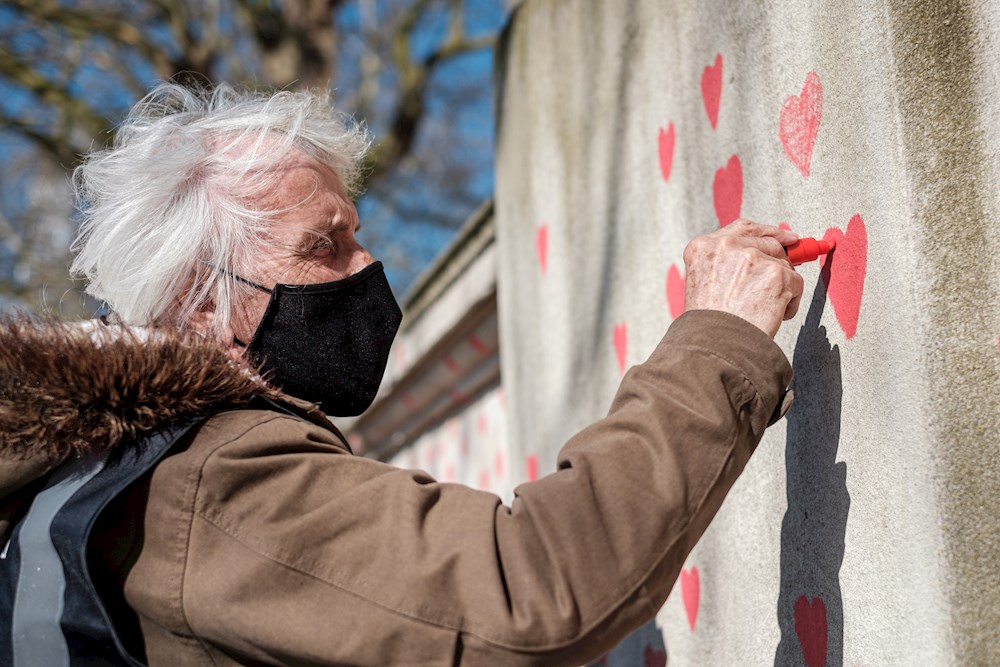- DataArts News
We’re Taking a Pause on the Arts Vibrancy Index Report, Here’s Why
- Posted Aug 17, 2021
We have made the decision to forgo publishing our annual Arts Vibrancy Index Report for 2021. We do so in solidarity with the arts organizations that were forced to close their doors to in-person programs for most of 2020 and 2021, with the artists and staff members who lost their employment, and with the thousands of others who lost their lives and loved ones to the COVID-19 pandemic.
We acknowledge and honor the fact that the pandemic and racial and social justice uprisings have altered U.S. communities in unparalleled ways.

With our decision, we recognize that arts vibrancy did not go dormant over the past 18 months. Many artists and arts organizations adapted and served their communities’ needs in innovative ways in response to stay-at-home orders, norms of social distancing, and protests. Private and public relief and recovery funding initiatives at all levels of government have helped the arts remain resilient.
We take this time to honor communities across the U.S. whose arts vibrancy we have celebrated in reports over the past six years.
We are studying how changes in commuting patterns, restaurant visits, and vaccination rates affect demand for arts and cultural offerings, and we will share our findings in an upcoming series of blog posts. Stay informed on the latest findings by subscribing to our newsletter, here.
We will examine how arts vibrancy was impacted by a host of community factors such as availability of significant recovery funds, COVID-19 infection rates, and population changes once we have data that covers the time of widespread re-openings. The work continues to evolve as we re-evaluate whether our metrics and measures take advantage of all available information that can shed light on arts vibrancy in an equitable matter.
Revitalization is on the horizon, as is a return to vibrancy.
What is Arts Vibrancy?
Every city has something to learn from others’ strengths. Our reports take a data-driven approach to assessing characteristics that make up a community’s vibrancy rather than base the ranking on our own opinion about locations or on a popular vote.
We assess arts vibrancy across the United States by analyzing four measures under each of three main rubrics: supply, demand, and public support for arts and culture on a per capita basis. We gauge supply as total arts providers, demand with measures of total nonprofit arts dollars in the community, and public support as state and federal arts funding. We use multiple measures since vibrancy reveals itself in a constellation of ways.


